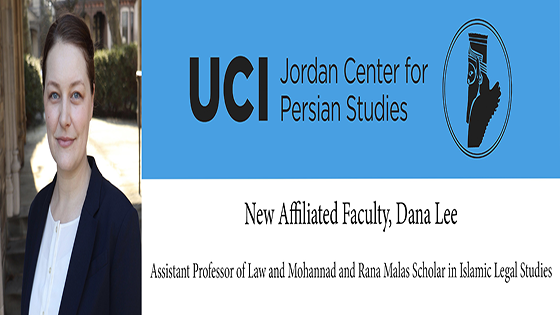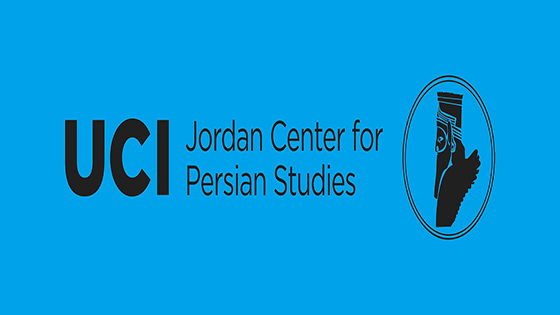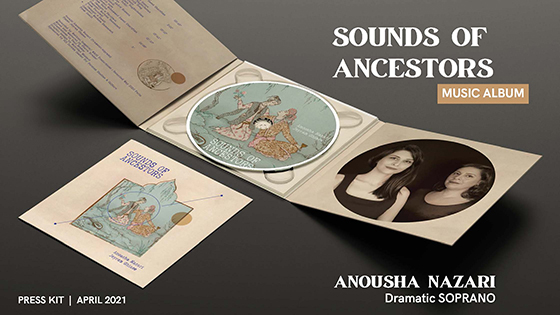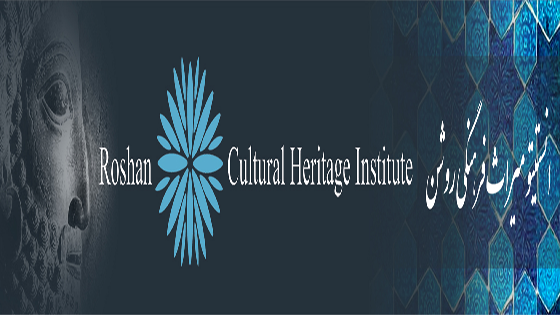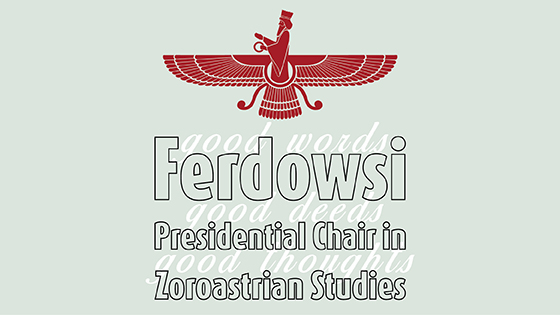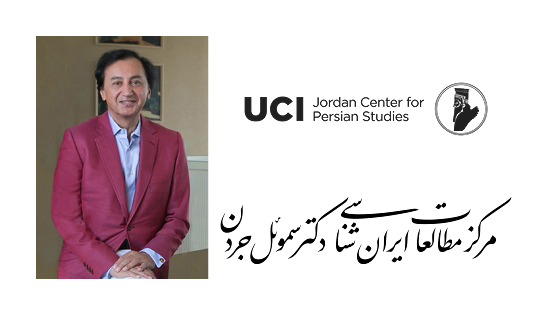Headlines
Highlights
Welcome Message

The Samuel Jordan Center for Persian Studies and Culture, originally established by the School of Humanities in collaboration with the Claire Trevor School of the Arts, became a campus center in January 2009. Dedicated to drawing on the strengths of the entire UC Irvine campus, the Center focuses on interdisciplinary research projects that bridge the arts, humanities, engineering, medicine, and the sciences.
Featured Video

Professor Touraj Daryaee, the Director of the Dr. Samuel M. Jordan Center for Persian Studies and Culture at UC Irvine, speaks about the Persian Gulf.

Our Projects
 The Digital Archive of Brief notes & Iran Review (DABIR) is an open access, peer-reviewed online journal published by the Dr. Samuel M. Jordan Center for Persian Studies and Culture at the University of California, Irvine. DABIR aims to quickly and efficiently publish brief notes and reviews relating to the pre-modern world in contact with Iran and Persianate cultures. The journal accepts submissions on art history, archaeology, history, linguistics, literature, manuscript studies, numismatics, philology and religion, from Jaxartes to the Mediterranean and from the Sumerian period through to and including the Safavid era (3500 BCE-1500 CE). Work dealing with later periods can be considered on request.
The Digital Archive of Brief notes & Iran Review (DABIR) is an open access, peer-reviewed online journal published by the Dr. Samuel M. Jordan Center for Persian Studies and Culture at the University of California, Irvine. DABIR aims to quickly and efficiently publish brief notes and reviews relating to the pre-modern world in contact with Iran and Persianate cultures. The journal accepts submissions on art history, archaeology, history, linguistics, literature, manuscript studies, numismatics, philology and religion, from Jaxartes to the Mediterranean and from the Sumerian period through to and including the Safavid era (3500 BCE-1500 CE). Work dealing with later periods can be considered on request.
 One of the most remarkable empires and civilizations of the first millennium CE was that of the Sasanian Empire. As one of the two great powers of late antiquity, the Sasanian domain eventually encompassed not only modern day Iran and Iraq, but it also controlled or influenced the greater part of Central Asia (Afghanistan, Tukremenestan, Uzbekestan), Caucasus (Republic of Azerbijan, Armenia and Georgia) and the Near East (Syria, Arabia, Persian Gulf Arab states, Israel and Egypt).
One of the most remarkable empires and civilizations of the first millennium CE was that of the Sasanian Empire. As one of the two great powers of late antiquity, the Sasanian domain eventually encompassed not only modern day Iran and Iraq, but it also controlled or influenced the greater part of Central Asia (Afghanistan, Tukremenestan, Uzbekestan), Caucasus (Republic of Azerbijan, Armenia and Georgia) and the Near East (Syria, Arabia, Persian Gulf Arab states, Israel and Egypt).
 The Tehran project aims to look at Tehran from the point of view of the spaces that it occupies, both physical and metaphorical. This will allow the project to change focus, at times concentrating on micro studies of language and religion, and at others, zooming away to consider urban occupation and city planning. In-between the two, matters of ethno-linguistic make up and their relations to the occupation patterns, as well as specialized topics such as health and environmental issues can be studied in the city, based on their framing on a macro level and their studies on a micro one.
The Tehran project aims to look at Tehran from the point of view of the spaces that it occupies, both physical and metaphorical. This will allow the project to change focus, at times concentrating on micro studies of language and religion, and at others, zooming away to consider urban occupation and city planning. In-between the two, matters of ethno-linguistic make up and their relations to the occupation patterns, as well as specialized topics such as health and environmental issues can be studied in the city, based on their framing on a macro level and their studies on a micro one.
 This project aims to collect information, from the earliest textual and archaeological evidence, including the Avesta and the Old Persian inscription, to numismatics about the birth and formation of Iranian identity. How the idea of Iran and the notion of Iranian people came to be formed is the first part of this research project. The second part discusses the cultural implications of Iranian identity and its reflection in medieval Persian, Arabic textual and numismatic evidence. By this time not only the idea of Iran, but Iranianess and it cultural attributes became visible. Furthermore, a specific Iranian political philosophical idea of the state had developed which historians, men of state and religious clerics discussed in their work.
This project aims to collect information, from the earliest textual and archaeological evidence, including the Avesta and the Old Persian inscription, to numismatics about the birth and formation of Iranian identity. How the idea of Iran and the notion of Iranian people came to be formed is the first part of this research project. The second part discusses the cultural implications of Iranian identity and its reflection in medieval Persian, Arabic textual and numismatic evidence. By this time not only the idea of Iran, but Iranianess and it cultural attributes became visible. Furthermore, a specific Iranian political philosophical idea of the state had developed which historians, men of state and religious clerics discussed in their work.

